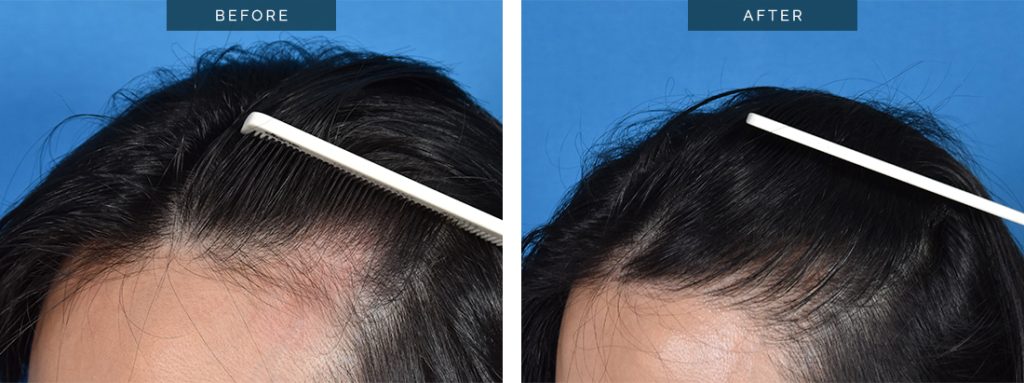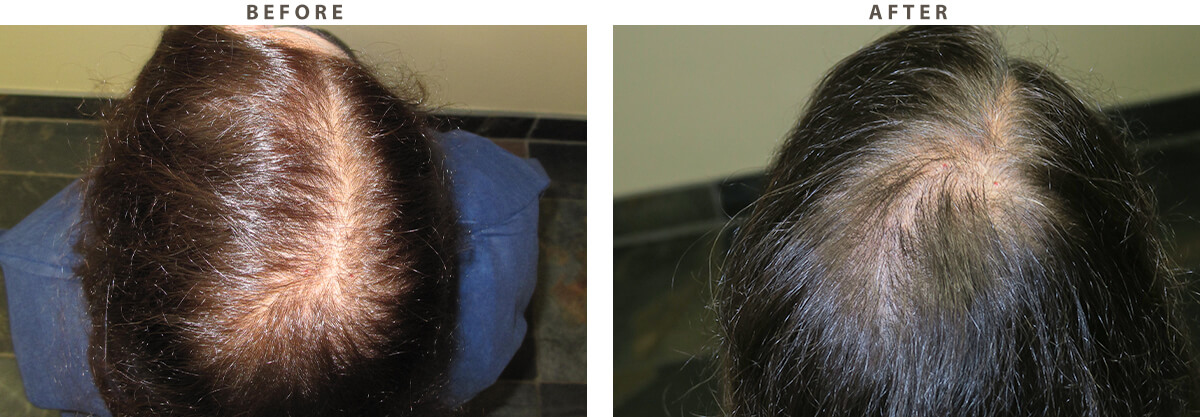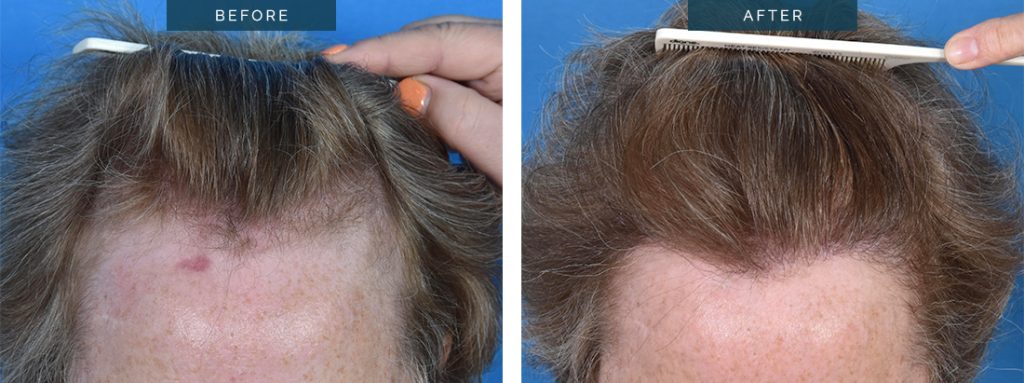DHI and FUE Hair Transplants
The Differences Between DHI and FUE Hair Transplants
Thinning hair or baldness can take a toll on anyone’s confidence. But with advancements in hair restoration, hope abounds! Two popular techniques, Follicular Unit Extraction (FUE) and Direct Hair Implantation (DHI), offer permanent solutions for reclaiming your mane. But which one reigns supreme? Ultimately, the best way to determine which procedure is right for you is to consult with a qualified hair restoration surgeon. At Aesthetic Airways our experts will assess your individual case, discuss your goals and expectations, and recommend the most suitable technique for achieving your dream hair.
Let’s unravel the differences and help you choose the champion for your crowning glory.
What is FUE?
Follicular Unit Extraction, or FUE, is a minimally invasive hair transplant technique that involves extracting individual hair follicles directly from the donor area (usually the back of the scalp) and transplanting them to the thinning or bald areas. Unlike the older strip surgery method, FUE leaves no linear scar, resulting in a more natural appearance.
Benefits of FUE Hair Transplants
- Minimal scarring: The tiny punches used in FUE leave virtually undetectable micro-dots, making it ideal for those who want to wear their hair short or prioritize a scar-free appearance.
- Flexibility: FUE can be used to harvest hair from various donor areas, including the beard and chest, making it suitable for individuals with limited scalp donor areas.
- Faster recovery: Compared to strip surgery, FUE generally boasts shorter recovery times and less downtime.
- Natural-looking results: With careful placement and expertise, FUE can achieve incredibly natural-looking results, mimicking the original hair growth pattern.
What is DHI?
Direct Hair Implantation (DHI) takes FUE a step further by combining follicle extraction with simultaneous implantation. Instead of placing extracted follicles in holding containers, DHI utilizes a specialized Choi Implanter Pen, which allows surgeons to directly implant each follicle into the recipient area immediately after extraction.
What is Fat Transfer to the Breast?
- Reduced manipulation: DHI potentially improves graft survival rates and reduces the risk of damage by minimizing the handling of follicles.
- Enhanced precision: The Choi Implanter Pen offers precise control over follicle placement, allowing for more accurate angulation and density, resulting in a natural-looking hairline.
- Faster procedure: DHI can be slightly faster than FUE, as the extraction and implantation occur simultaneously.
- Less swelling: Immediate implantation minimizes blood flow disruption in the recipient area, potentially leading to less swelling and faster recovery.
Benefits of DHI Hair Transplants
The truth is, there’s no one-size-fits-all answer. Both FUE and DHI offer unique advantages, and the best choice ultimately depends on your individual needs, hair characteristics, and desired outcomes. Here’s a quick breakdown:
Choose FUE if:
- You prioritize minimal scarring and a scar-free appearance.
- You have limited donor areas on the scalp.
- You desire a cost-effective option.
Choose DHI if:
- You prioritize faster recovery and reduced swelling.
- You seek enhanced precision and natural-looking results.
- You have healthy donor follicles suitable for immediate implantation.
Remember, hair loss doesn’t have to define you. With advancements like FUE and DHI, regaining your confidence and rocking a healthy head of hair is within reach. So, take the first step towards your follicular future by scheduling a consultation today!
DHI vs FUE Hair Transplant Before and After
In the most extensive series of FUE & DHI hair transplant before and after photos in Turkey, see how we’ve restored the hair of more than 100 patients.




